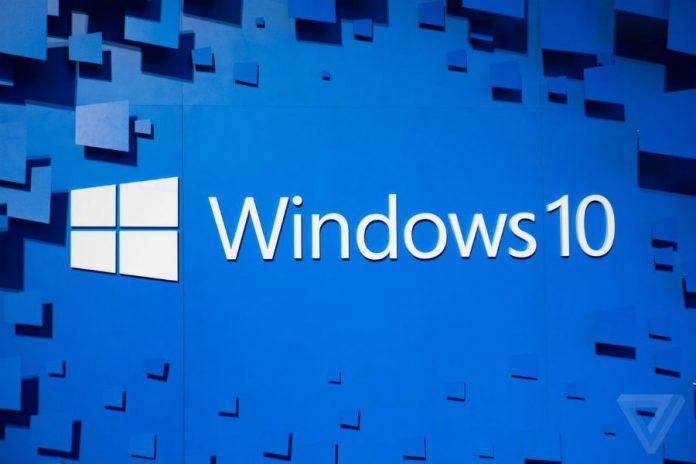
A little over a year has passed since Microsoft released Windows 10 for free back in late July last year, causing millions of users to upgrade to the latest version of the operating system.
If somehow you still don’t get the hang of Windows 10 after all this time, don’t worry. This quick rundown should help you get started to know your way around your PC once again.
Getting started with Windows 10
First things first: Windows 10 is a new software which was released with the option of upgrading free of charge for up to a year. That lapse has finished, so if you somehow missed it and did not upgrade your PC, a license will run you $119.
Now, for previous Windows users, Windows 10 should be familiar enough to navigate around intuitively, although the OS received a major overhaul not only in terms of design but also internally. This, in turn, triggered some major inconveniences that create a rather unpleasant user experience.
First, users might have noticed (how could they not?) that Windows 10 brings up a dialogue box dubbed “User Account Control” every time they try to install a new program or change a setting, so for the next few tips, this step will save you a lot of “OK” clicks.
To disable this, you can either look up the setting directly on the search bar or go to Control Panel > User Accounts > User Account Control Settings and there bring the meter all the way down to “Never Notify”. After this, select “OK” and then “Yes” to confirm your intentions for the last time ever.
Customize Windows 10 to your old preferences
Using the internet is a large part of why we use computers in the first place, so a neat browser experience is fundamental. While Microsoft Edge is a perfectly good browser, you might want your old browser and extensions back. To make other browsers your default ones, you simply go to Settings > System > Default Apps > Web Browser and select the icon of the browser you prefer.
While you are here, you might want to change other Windows default apps to the programs you regularly use, namely music players, video players, email clients, and others.
Furthermore, the file extensions are hidden by default on Windows 10, an inconvenient setting that can be quickly fixed by going to the Control Panel, opening File Explorer Options, going to the View tab, and unchecking the “Hide extensions for known file types” under the Hidden Files and Folders menu.
Navigate as usual on the new Microsoft Windows
Finally, Microsoft not only brought back the Start menu we all know and love but also the shortcuts that make our life so much easier.
Windows 10 users should know that despite the several changes included in the new OS, they can surf around the system and even online just as they did before. From Ctrl + C and Ctrl +V to browser Tab navigation with Ctrl + 1 – 10, it is all back for an enhanced, familiar user experience.
Source: Laptop Mag










